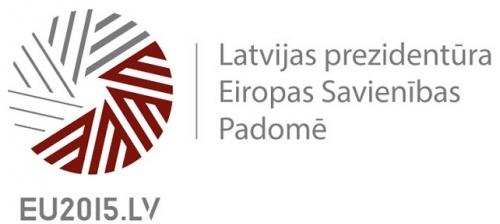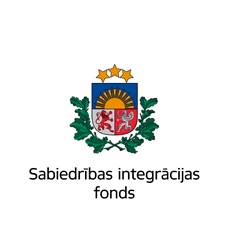 What was the problem?
What was the problem?
The city of Sint-Truiden is situated in the eastern part of the Belgian Loess plateau, and annual mean precipitation there ranges from 700–900 mm. Loess is very susceptible to soil erosion. During the last three decades, the area covered by summer crops (sugar beet, maize, potatoes. and chicory) increased at the expense of winter cereals. These summer crops provide little cover to the soil during the thunderstorms, and during intense rain storms, soil crusts with very low infiltration capacity are formed, resulting in high quantities of runoff. During the period 1992-2002, some parts of the city of Sint-Truiden has been affected by muddy floods at least 10 times.
What was done to solve it?
In 1997, the Flemish Government recognised that erosion and muddy floods are a major environmental problem in the Loess plateau. This resulted in the adoption of the ‘Erosion Act’ in 2001, which made funds available for municipalities to implement soil erosion control measures. The residents organised themselves and pressurized the local authorities to take action. As a result, the city of Sint-Truiden, 4 municipalities and a local water management agency decided to join hands. They set up a common structure to specifically address the problems of soil erosion and muddy flooding. They also recruited a full-time soil erosion expert to formulate and supervise proposals for mitigation measures, and monitor and coordinate the soil erosion control policy.
Several types of measures were implemented to mitigate muddy floods. A first type of actions aims at preventing runoff generation. Cover crops during the dormant period and alternative agricultural practices, such as conservation tillage, aim to prevent the generation of runoff. Grassed buffer strips at the bottom of fields were installed to enhance re-infiltration and to decrease net soil loss. Along the hydrological network, grassed waterways were installed. Finally, water retention structures (earthen dams) were built in order to buffer runoff and reduce peak discharges in the downstream villages.
What is the result in terms of ecosystem services provision?
At the start of this program, the single objective was to reduce soil erosion and muddy flooding. However, a few years after implementation of the soil erosion control measures, other benefits became clear as well: such as improvement of downstream water quality; reduction in downstream dredging costs; reduced psychological stress to inhabitants who were frequently threatened by muddy floods; increase in biodiversity (birds and mammals); and enhanced landscape quality due to the new green and blue corridors through the landscape.
What was necessary for this project to be successful?
There are multiple factors explaining the success of this project: Firstly, the serious impact of the mudflows on the daily life of the local inhabitants assured that there was a clear local demand to intervene in the ecosystem. This demand - together with a new legal framework - resulted in a strong institutional backing of the project. Secondly, most farmers felt uncomfortable about the regular negative publicity about their land-use practices, and were open to improve their public image by joining this program. Thirdly, subsidies to change land-use practices and financial resources the project were assured. Fourthly, as the intervention led to an improvement of other ecosystem services, there was an increase in public support for the program. Last but not least, the multi-stakeholder process facilitation was crucial for the process to succeed. This required extensive networking, personal contacts, trust building, signalling to stakeholders that they can influence the process, joint learning and ownership.
Information prepared within the project "Non-governmental sector participation in the international conference" EU Biodiversity strategy implementation "" financed by Latvian national budget-funded program "Support for public participation in the Latvian Presidency of the Council of the European Union implementation" and administered by the Society Integration Foundation.

